

Elderhostel
An Exploration of Chicago
"Devil in the White City"
Science and Industry
June 11, 2009
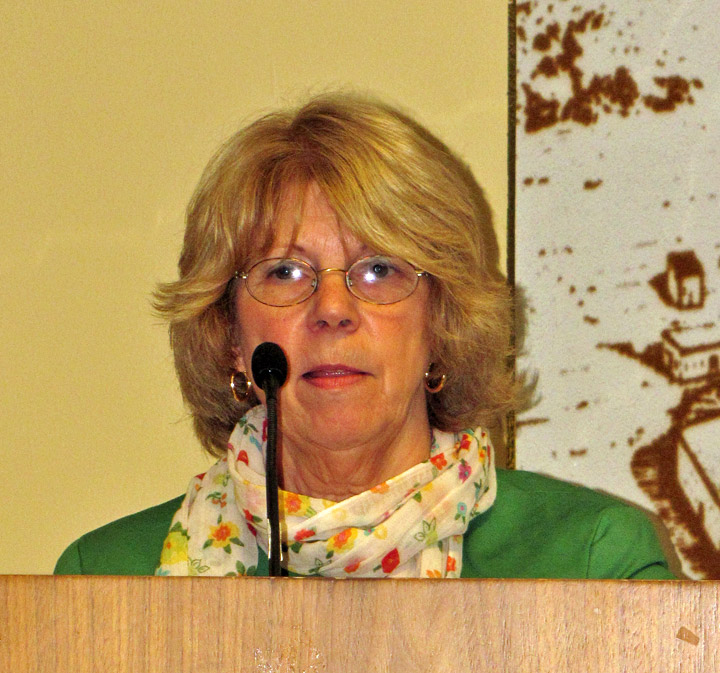
Welcome by Linda Fox
the Elderhostel Coordinator
in the Colombian Room

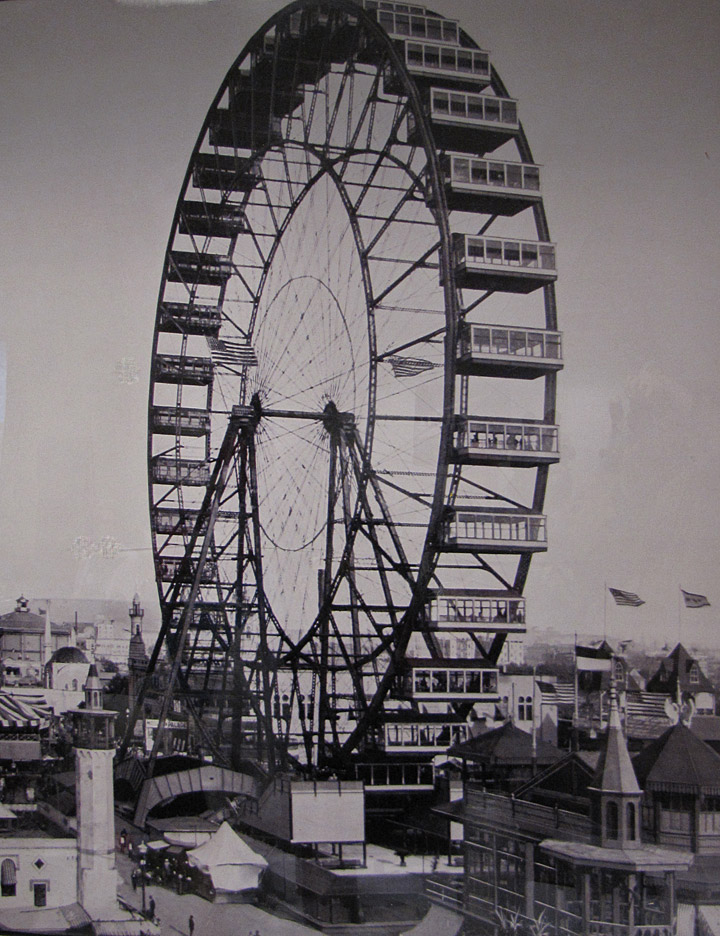
The Ferris Wheel at the 1893 Exposition
Other Photos of the 1893 Exposition
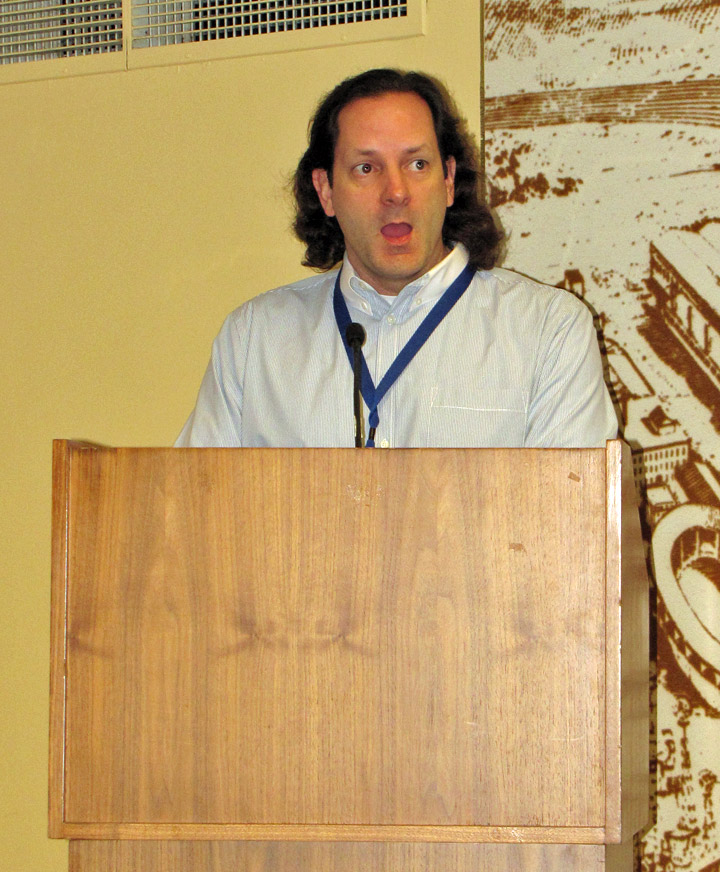
Richard Weindorf
told us of Mr. Burnham,
and the planning for the
1893 World's Columbian Exposition
The World's Columbian Exposition (also called The Chicago World's Fair), a
World's Fair, was held in Chicago in 1893,
to celebrate the 400th anniversary of Christopher Columbus's arrival in
the New World.

Charles B. Atwood
the designer of The Palace of Fine Arts
an associate of
Daniel Hudson Burnham
The Chicago Columbian Exposition
was, in large part, designed by Daniel Hudson Burnham and Frederick Law Olmsted.
It was the prototype of what Burnham and his colleagues thought a city
should be.
Daniel Hudson Burnham, FAIA
(September 4, 1846 – June 1, 1912) was an American architect and urban planner.
He was the Director of Works for the World's Columbian Exposition in
Chicago
and designed several famous buildings, including the Flatiron Building in
New York City and Union Station in Washington D.C.
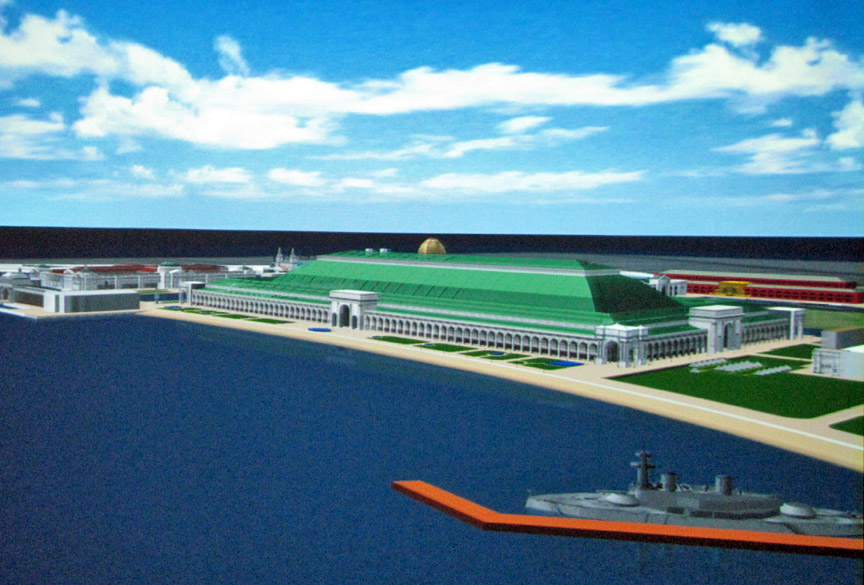
we were shown a virtual vision of the fair
As detailed in Erik Larson's popular history "The Devil in the White City", extraordinary effort was required to accomplish the exposition, and much of it was unfinished on opening day. The famous Ferris wheel, which proved to be a major attendance draw and helped save the fair from bankruptcy, was not finished until June, because of waffling by the board of directors the previous year on whether to build it. Frequent debates and disagreements among the developers of the fair added many delays. The spurning of Buffalo Bill's Wild West Show proved a serious financial mistake. Buffalo Bill set up his highly popular show next door to the fair and brought in a great deal of revenue that he did not have to share with the developers. Nonetheless, construction and operation of the fair proved to be a windfall for Chicago workers during the serious economic recession that was sweeping the country.
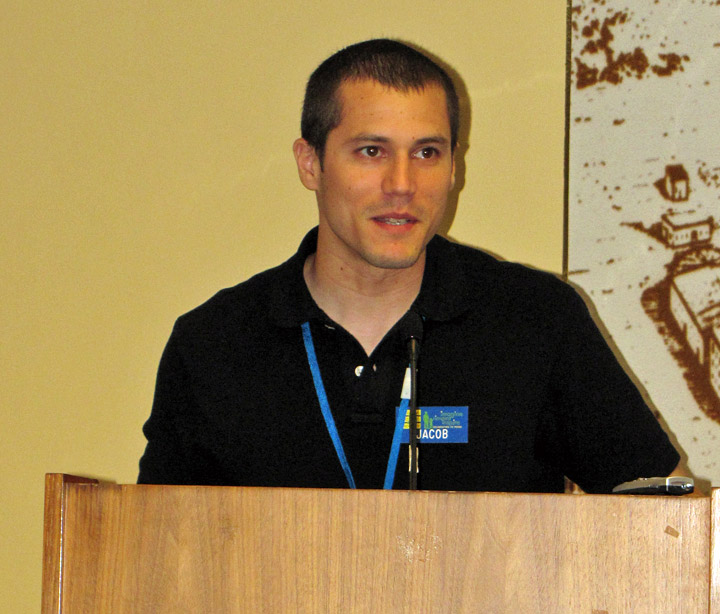
Jacob told us of the evolution of Science and Industry Museum building
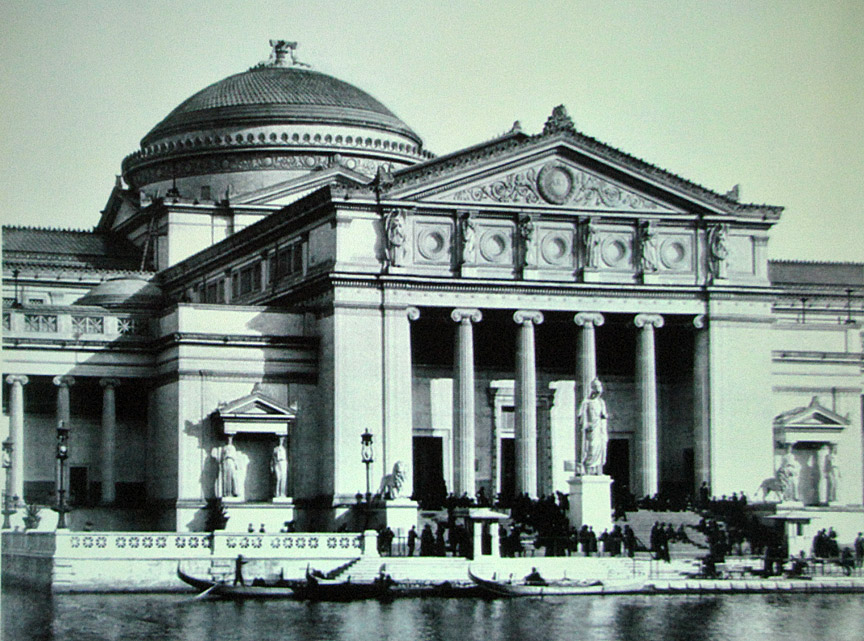
Palace of Fine Arts in 1893
Of the more than 200 buildings erected for the fair, the only two which still stand in place are the Palace of Fine Arts and the World's Congress Auxiliary Building. From the time the fair closed until 1920, the Palace of Fine Arts housed the Field Columbian Museum (now the relocated Field Museum of Natural History). In 1933 the building re-opened as the Museum of Science and Industry. The cost of construction of the World's Congress Auxiliary Building was shared with the Art Institute of Chicago, which moved into the building (the museum's current home) after the close of the fair.
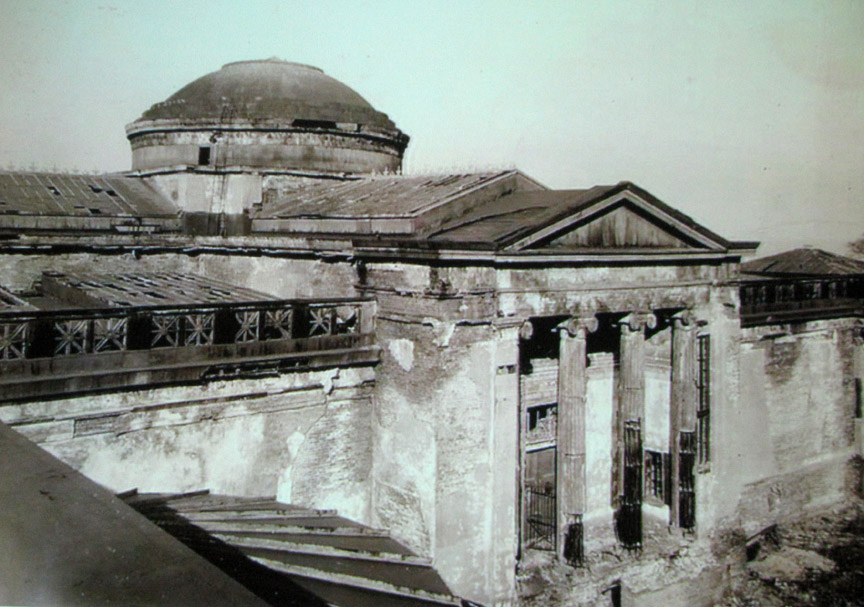
the building in distress after the
relocation of
the Field Museum of Natural History to its new building
The Palace of Fine Arts (also known
as the Fine Arts Building) at the 1893 World's Columbian Exposition was designed
by Charles B. Atwood. Unlike the other "White City" buildings, it was
constructed with a brick substructure under its plaster facade. After the
World's Fair, it initially housed the Columbian Museum, which evolved into the
Field Museum of Natural History. When a new Field Museum building opened near
downtown Chicago in 1920, the museum organization moved and the former site was
left vacant.
Art Institute of Chicago professor Lorado Taft led a public campaign to restore
the building and turn it into another art museum, one devoted to sculpture. The
South Park Commissioners (now part of the Chicago Park District) won approval in
a referendum to sell $5 million in bonds to pay for restoration costs, hoping to
turn the building into a sculpture museum, a technical trade school, and other
things. However, after a few years, the building was selected as the site for a
new science museum.

sculpture adornment
At this time, the Commercial Club of Chicago was interested in establishing a science museum in Chicago. Sears, Roebuck and Company president and philanthropist Julius Rosenwald energized his fellow club members by pledging to pay $3 million towards the cost of converting the Palace of Fine Arts (Rosenwald eventually contributed more than $5 million to the project). During its conversion into the MSI, the building's exterior was re-cast in limestone, retaining its 1893 Beaux Arts look, while the interior was replaced with a new one in Art Moderne style designed by Alfred P. Shaw.
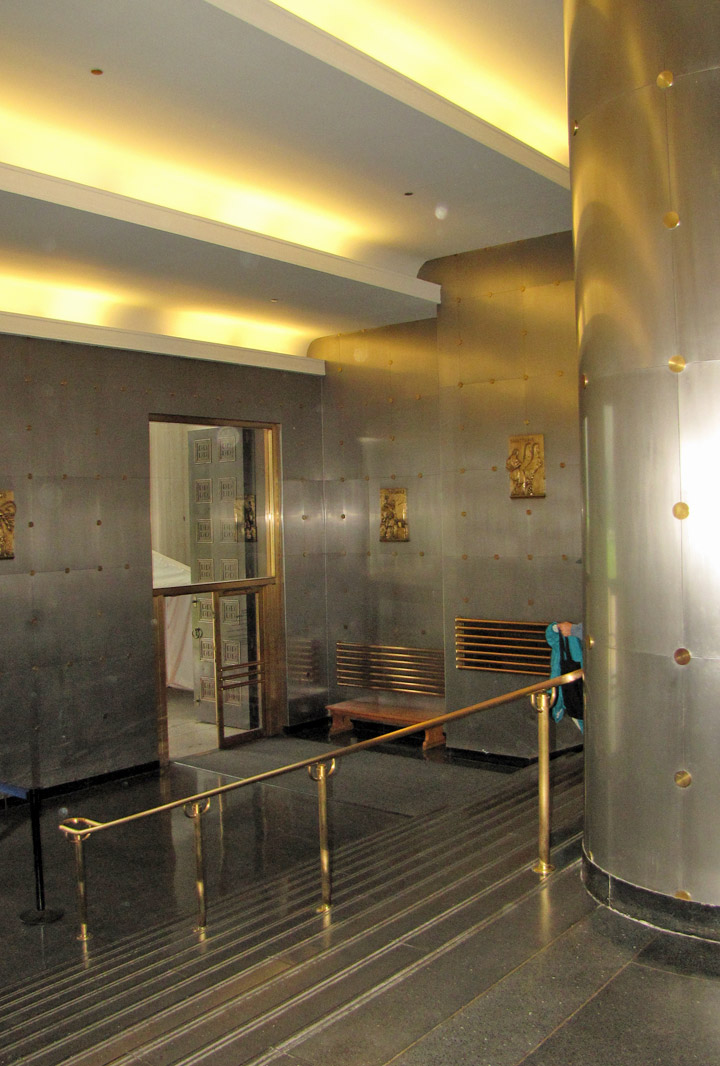
Art Moderne entrance
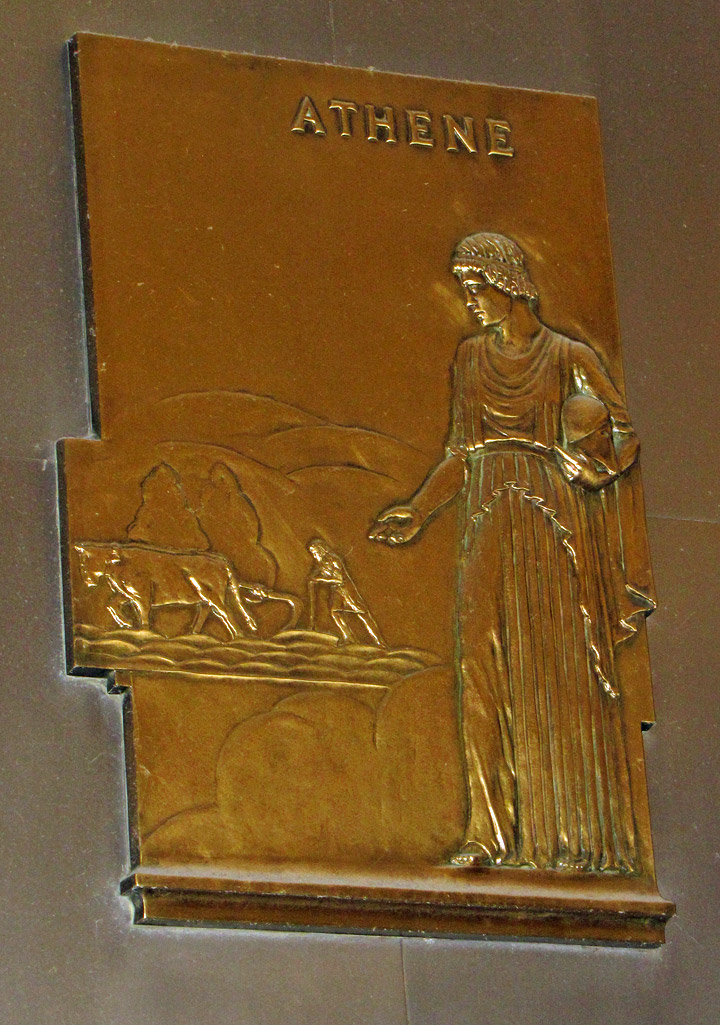
Athena
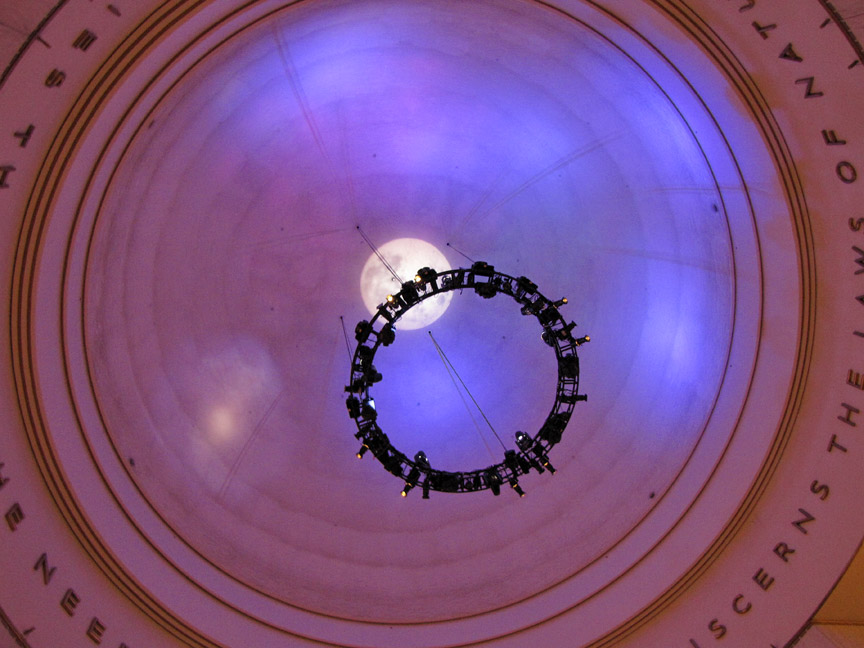
the dome
Rosenwald established the museum organization in 1926 and insisted that his name not appear on the building, but nonetheless, for the first few years of the museum's existence, it was known as the Rosenwald Industrial Museum. In 1928, the name of the museum was changed to the Museum of Science and Industry. Rosenwald's vision was to create an interactive museum in the style of the Deutsches Museum in Munich/Germany, a museum he visited in 1911 when he was on vacation with his family in Germany.
Text from Wikipedia
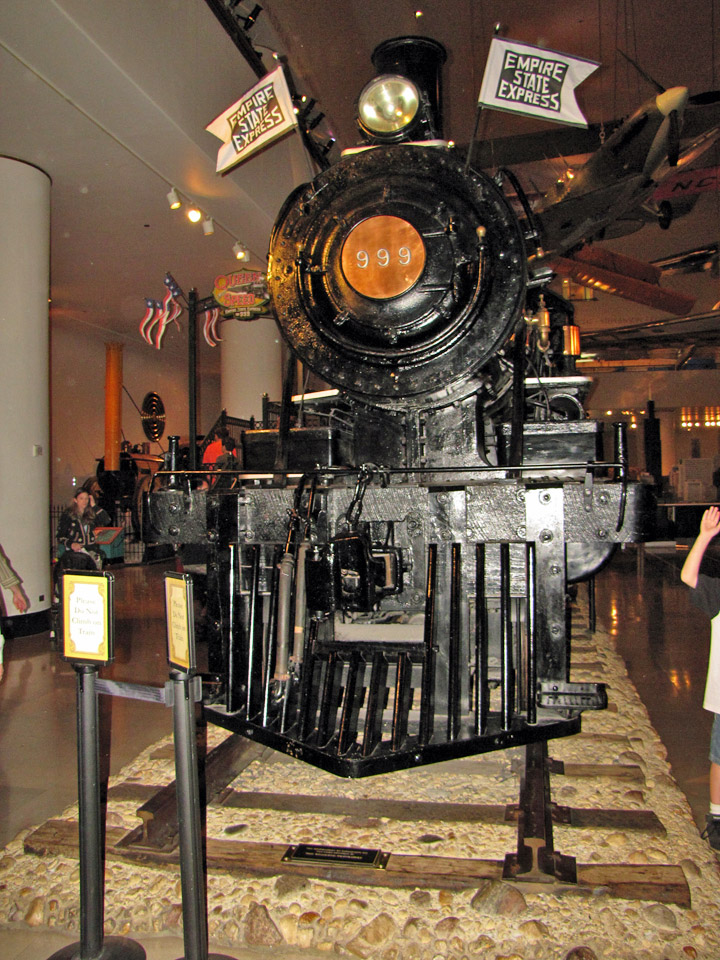
Empire State Express No. 999

one of the original exhibits
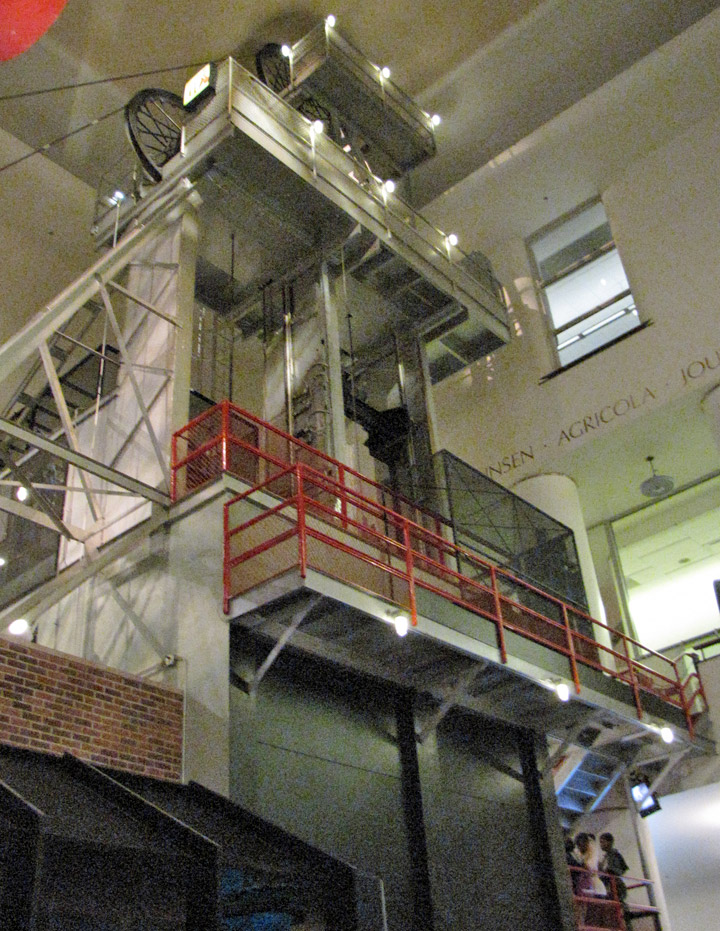
also the coal mine
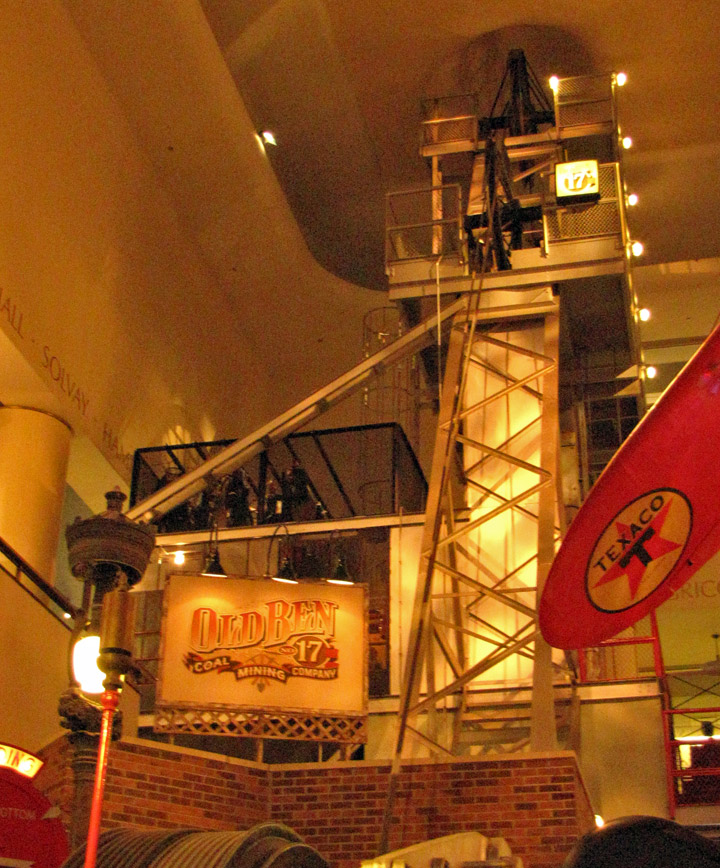
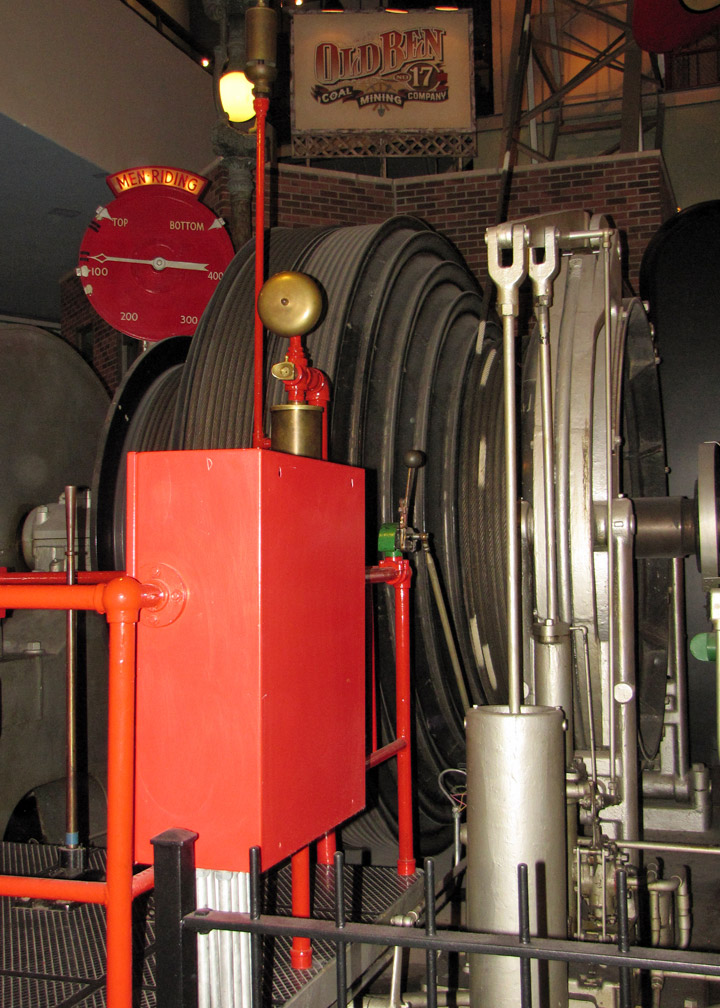
hoist of the coal mine exhibit
Memorabilia from the World's Columbian Exposition
1893
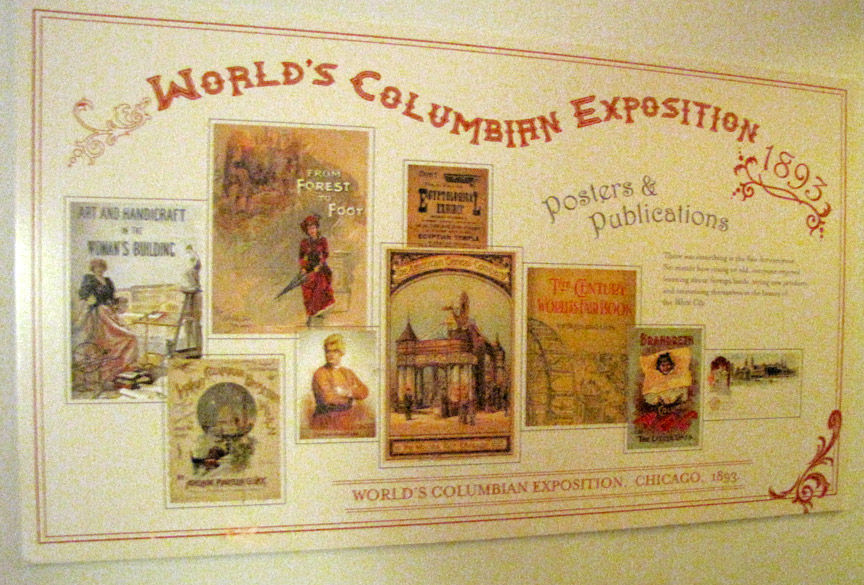
Posters and Publications
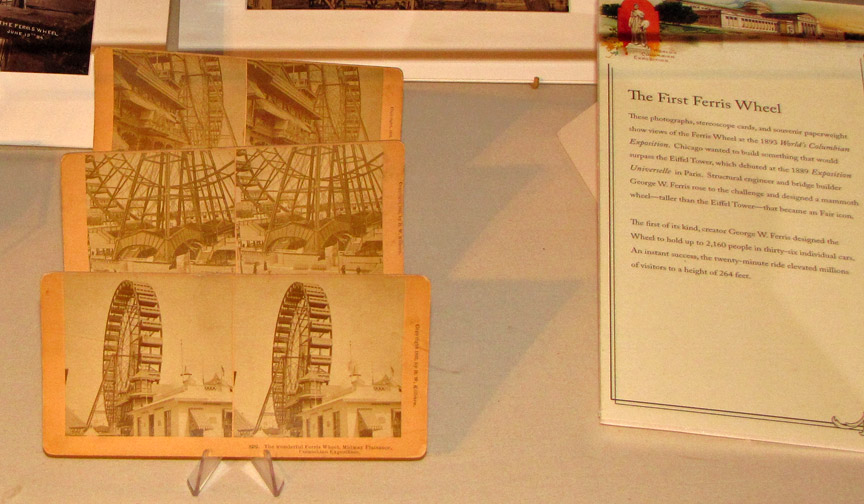
stereo view cards of the Ferris wheel
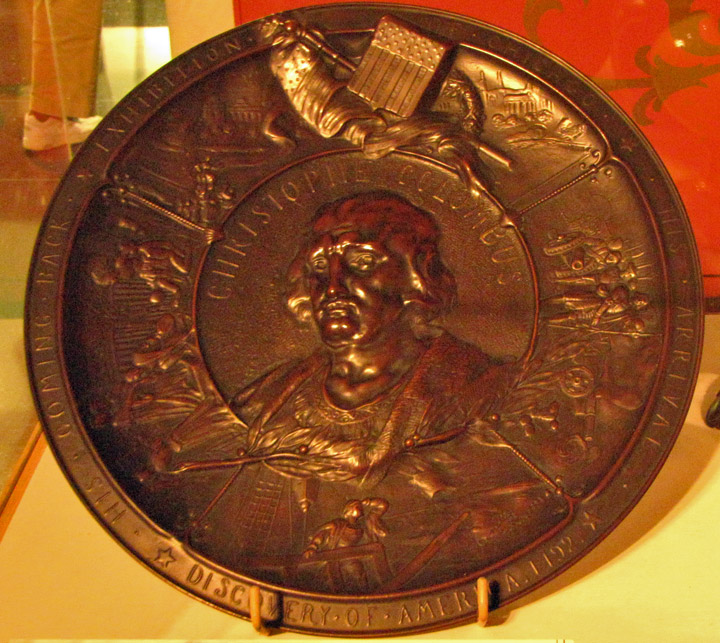
Columbian Medallion
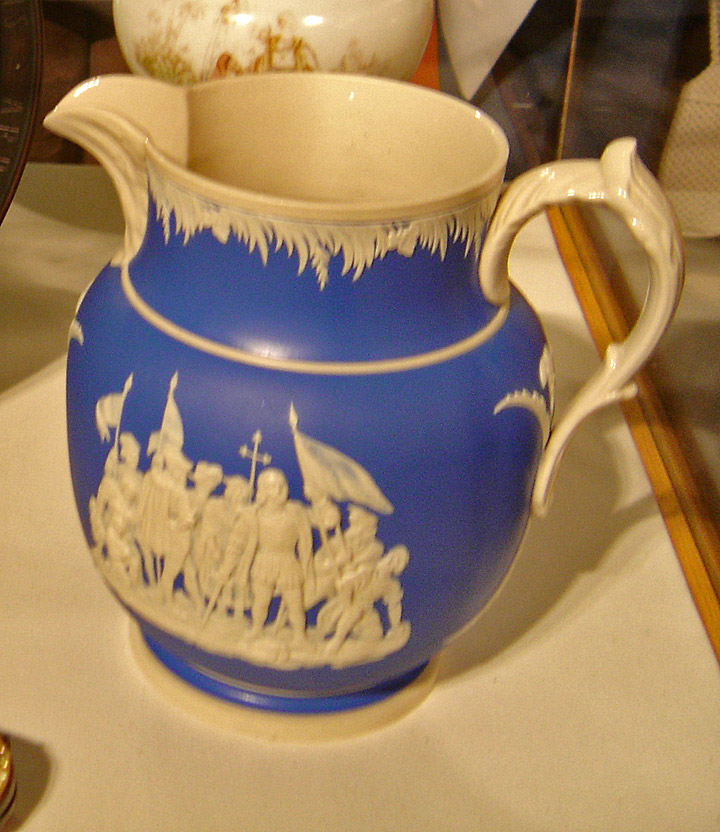
Columbian Jug
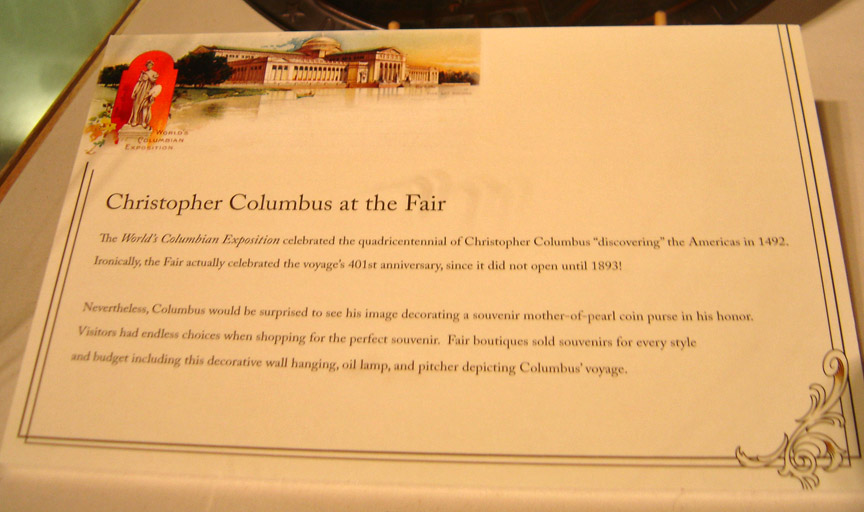
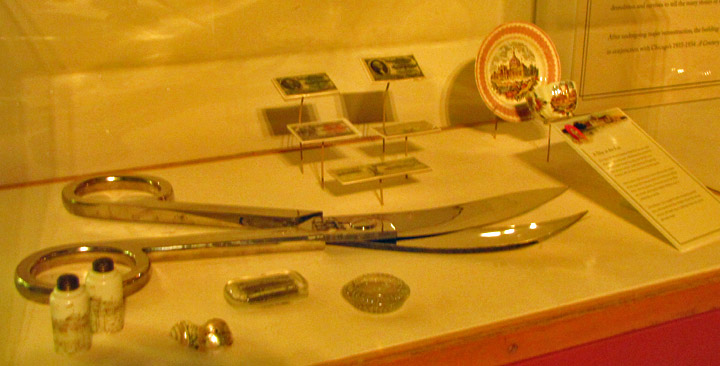
the large scissors used to cut the ribbon on opening day
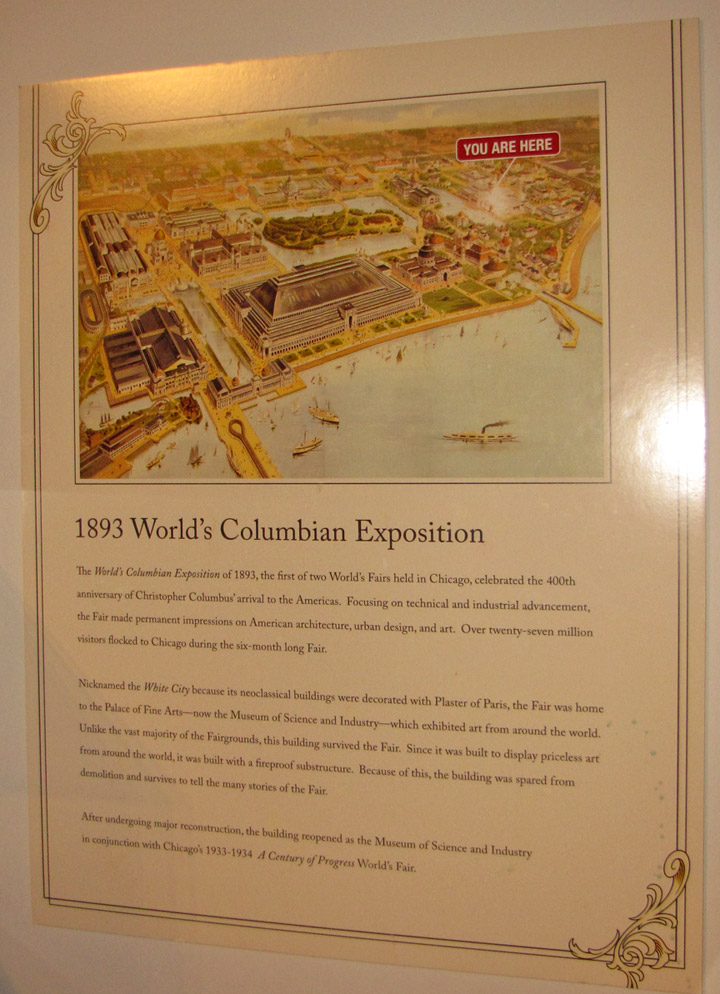
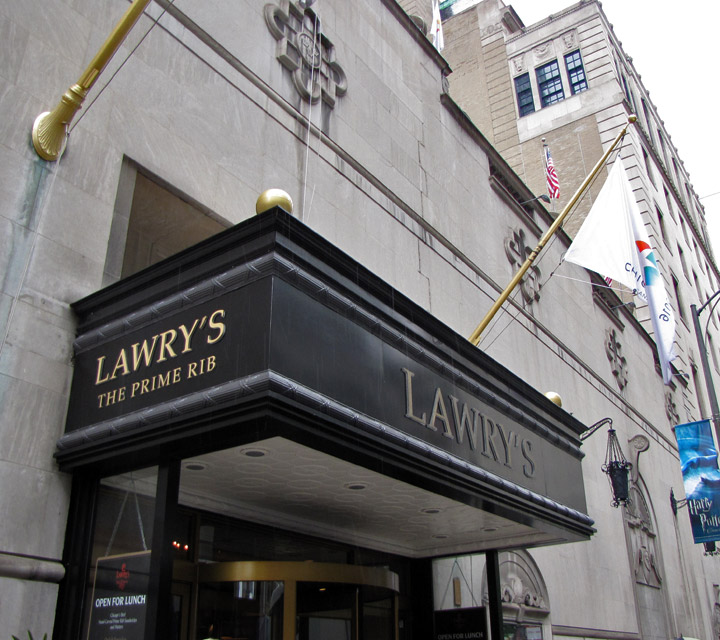
Lawry's restaurant
L. Hamilton McCormick, author, inventor and scientist, was born in Chicago, May 27, 1859. He was an inventor of harvesting machinery of various kinds and for different purposes. His mansion, near downtown Chicago, has been the home of the Chicago Lawry's restaurant since the mid-1970s
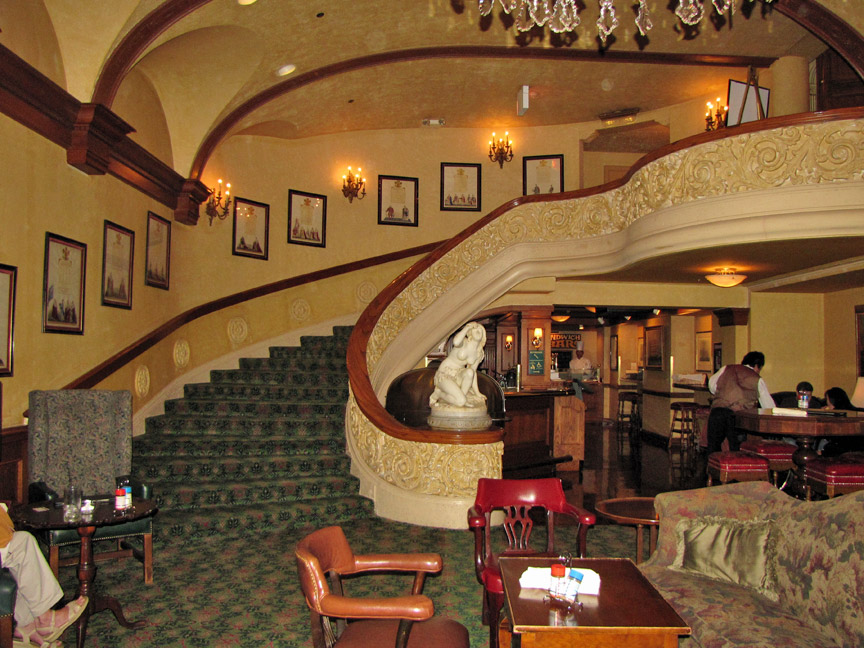
interior

along the stairway, the plaster
medallions from
the 1893 World's Colombian Exposition
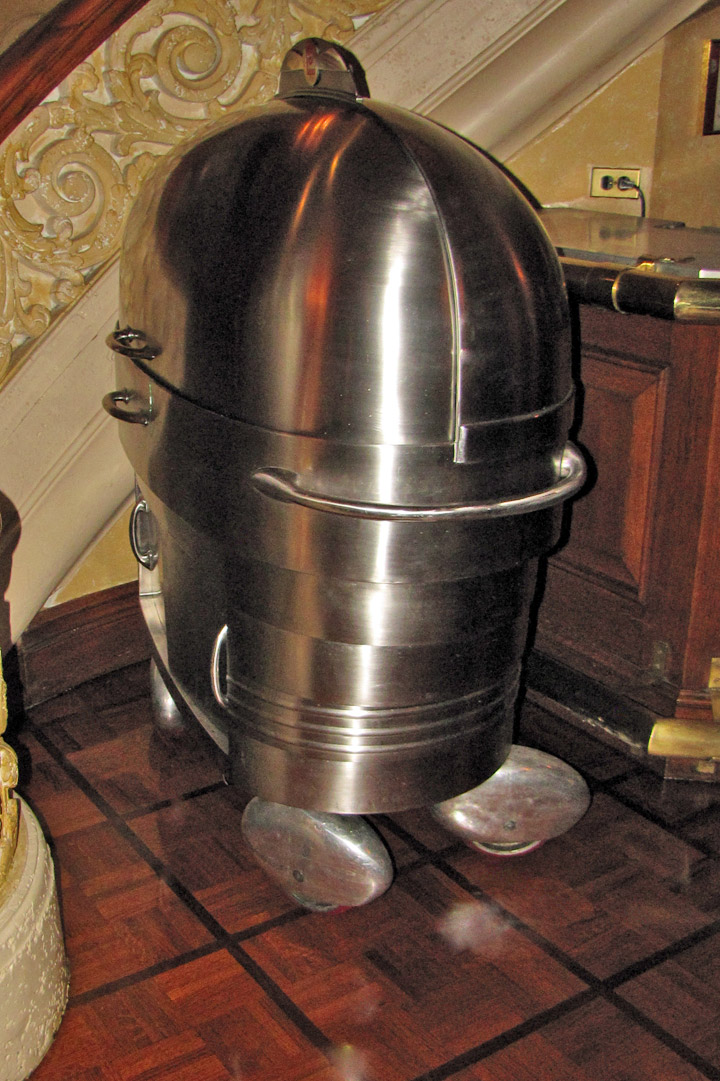
the server for "the Prime Rib"
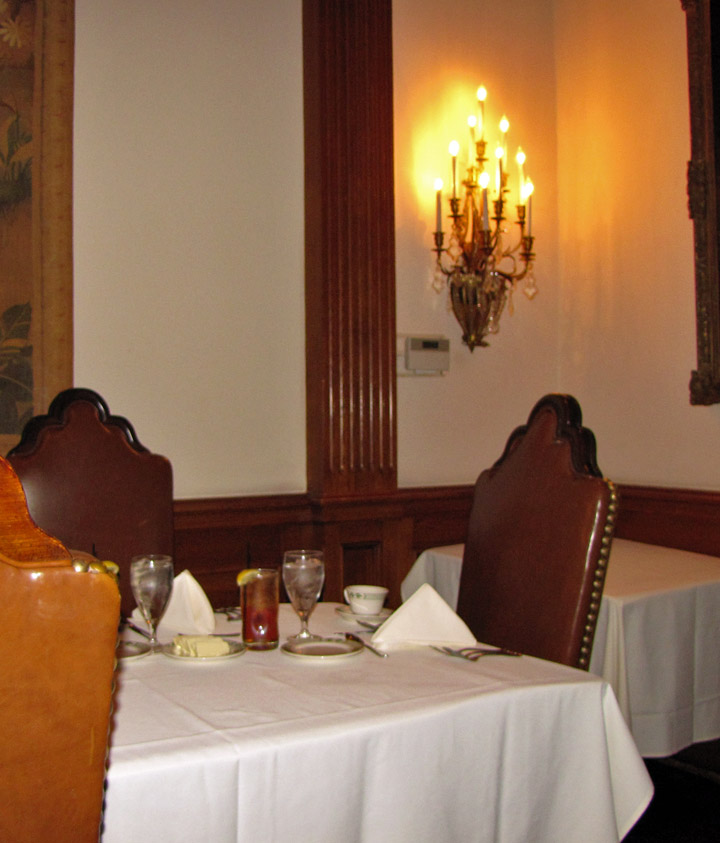
dining area
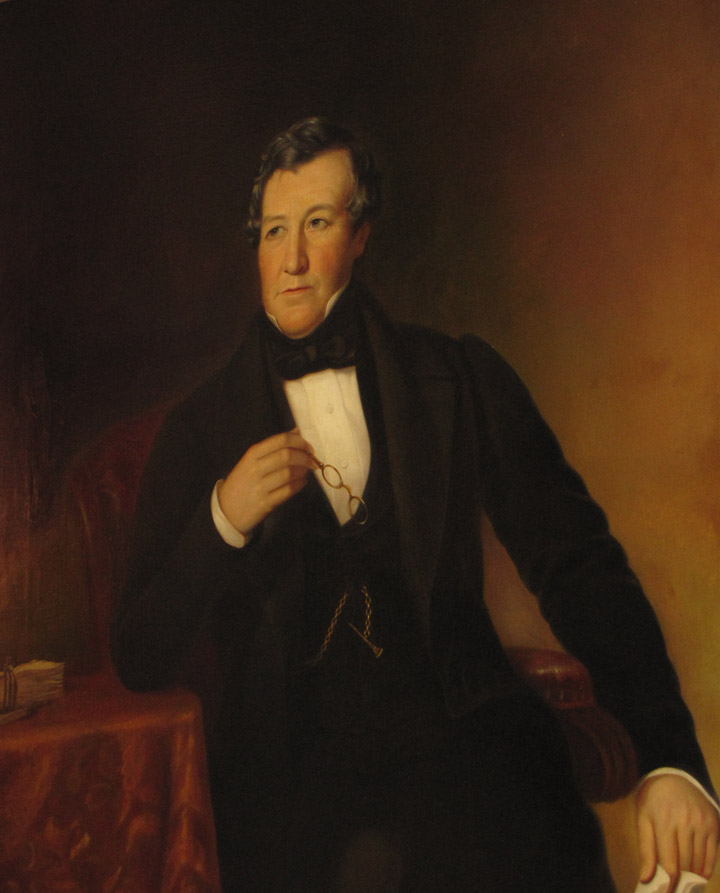
under the eyes of a gentleman
Our Elderhostel Luncheon
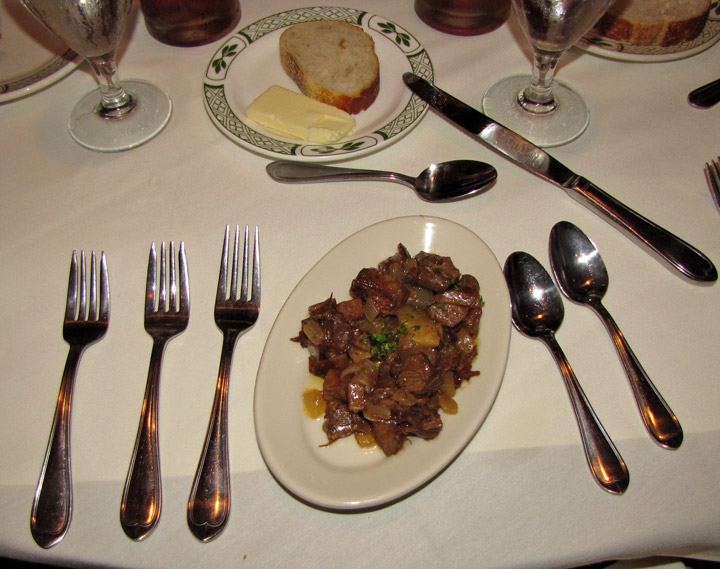
Richard Frank's Prime Rib Hash Appetizer
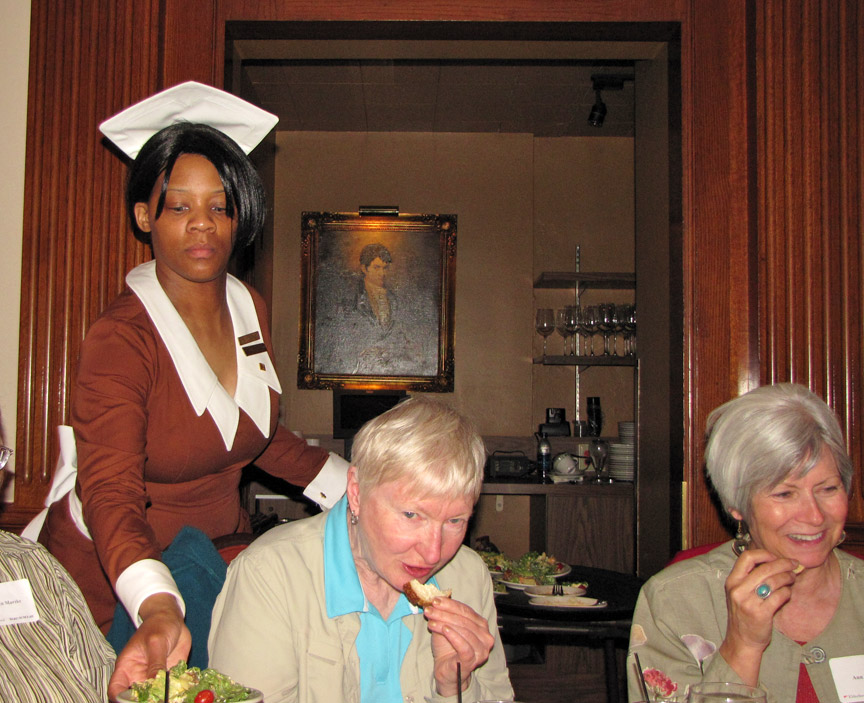
elegant service

Salad

Hearty Beef Stew Soup
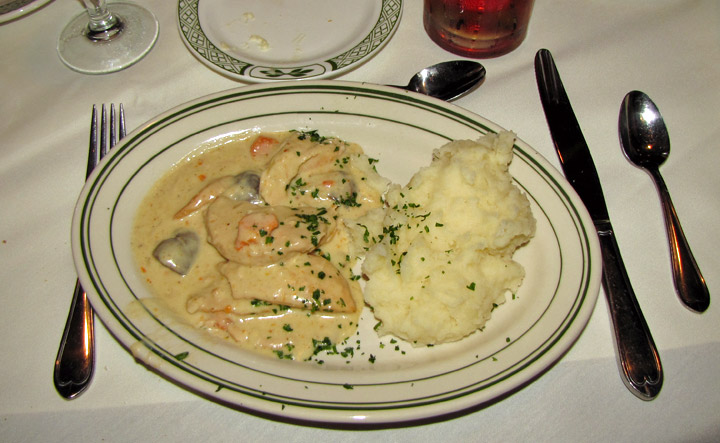
Chicken Fricasse, Mashed Potatoes
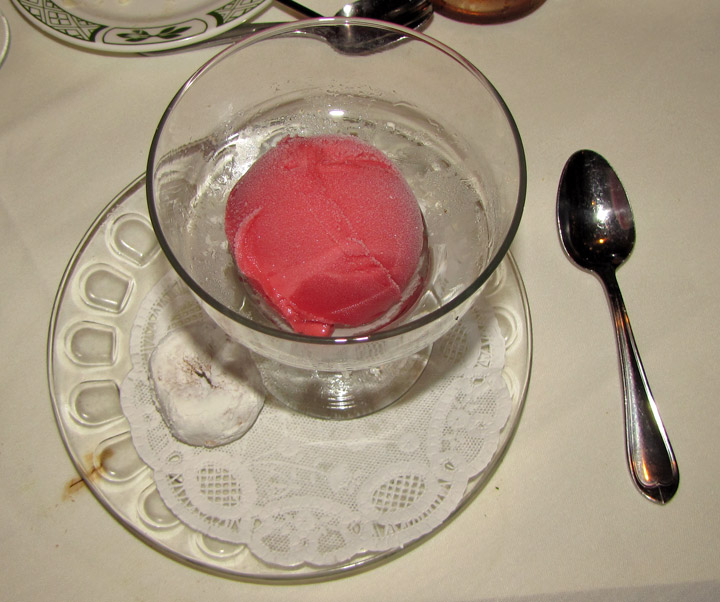
Rasberry Sorbet and Mini Doughnut
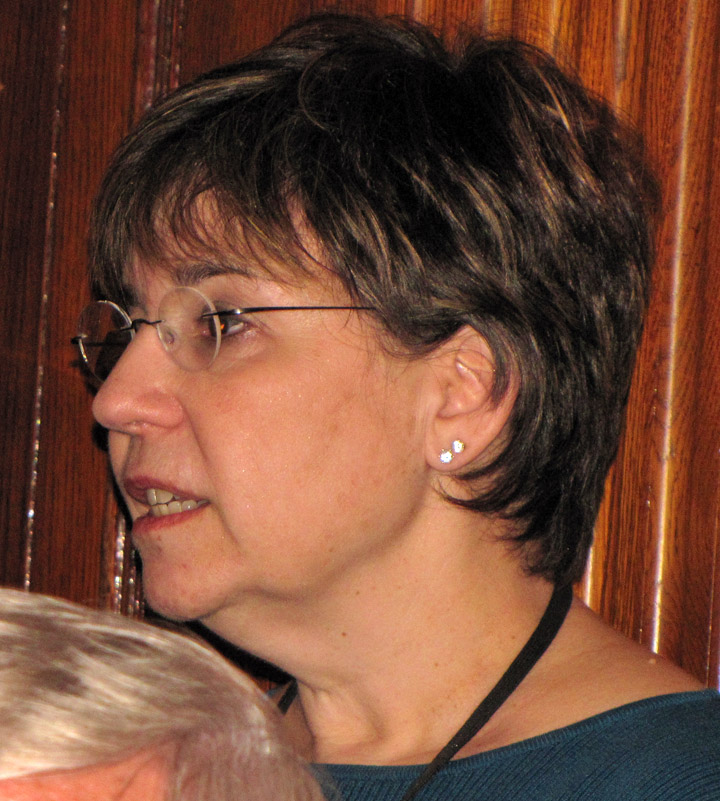
were told about the Mansion and Lawry's History
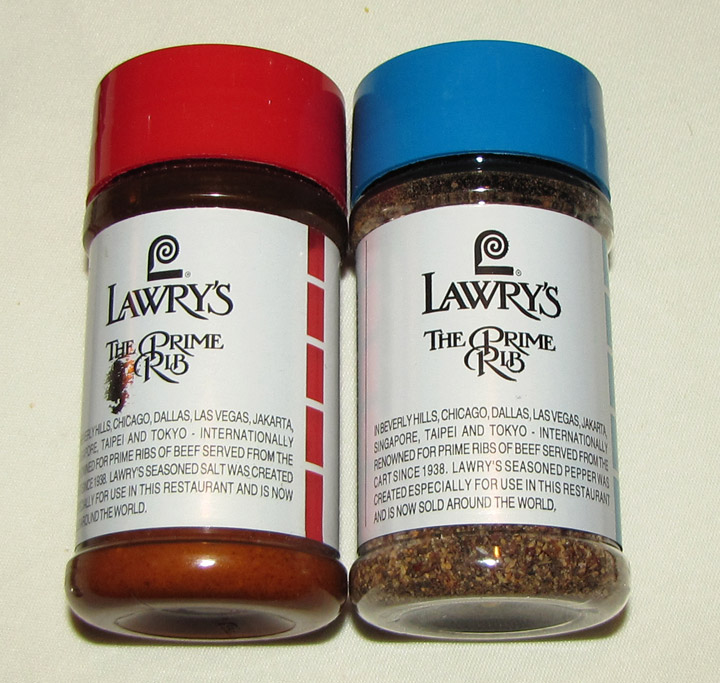
their famous seasonings